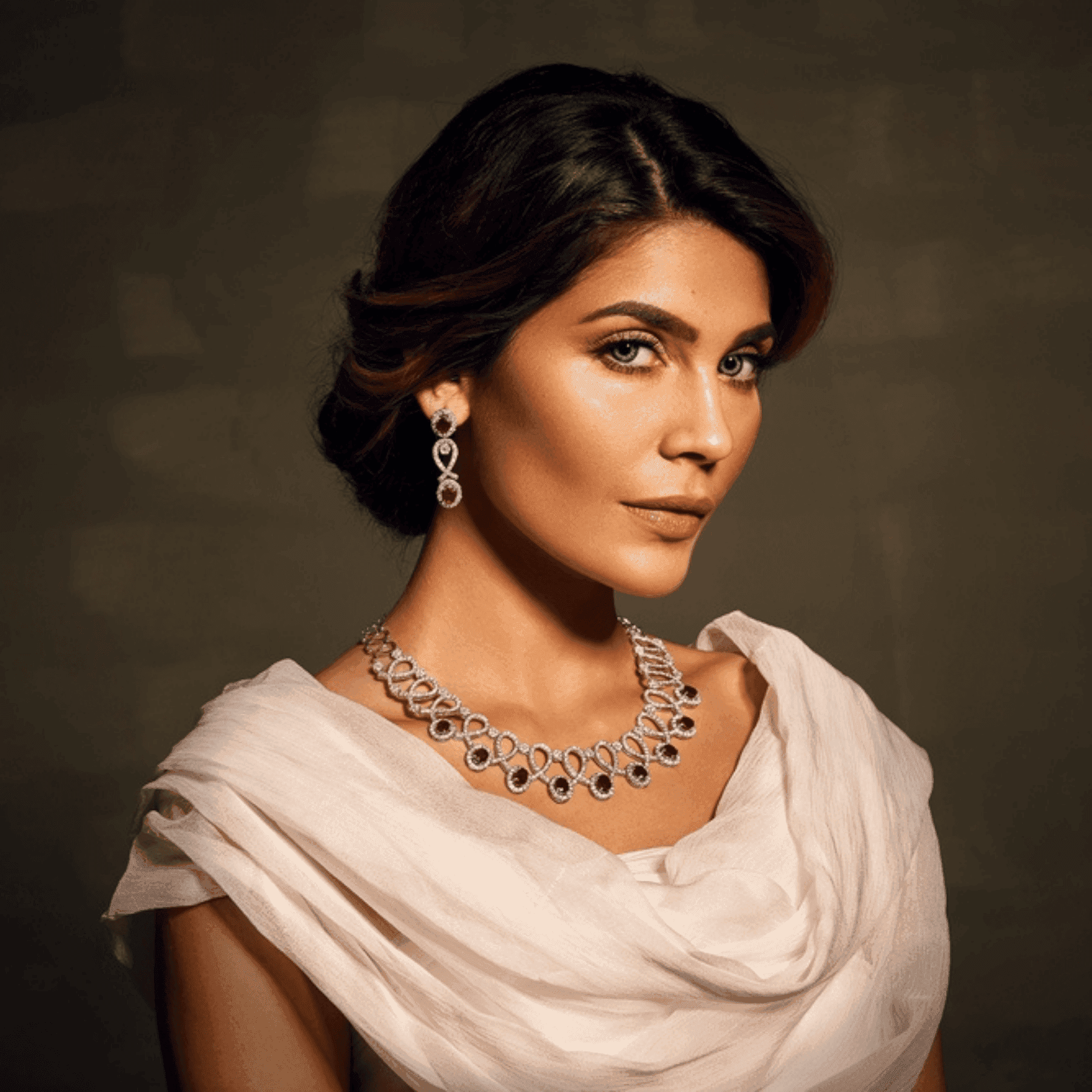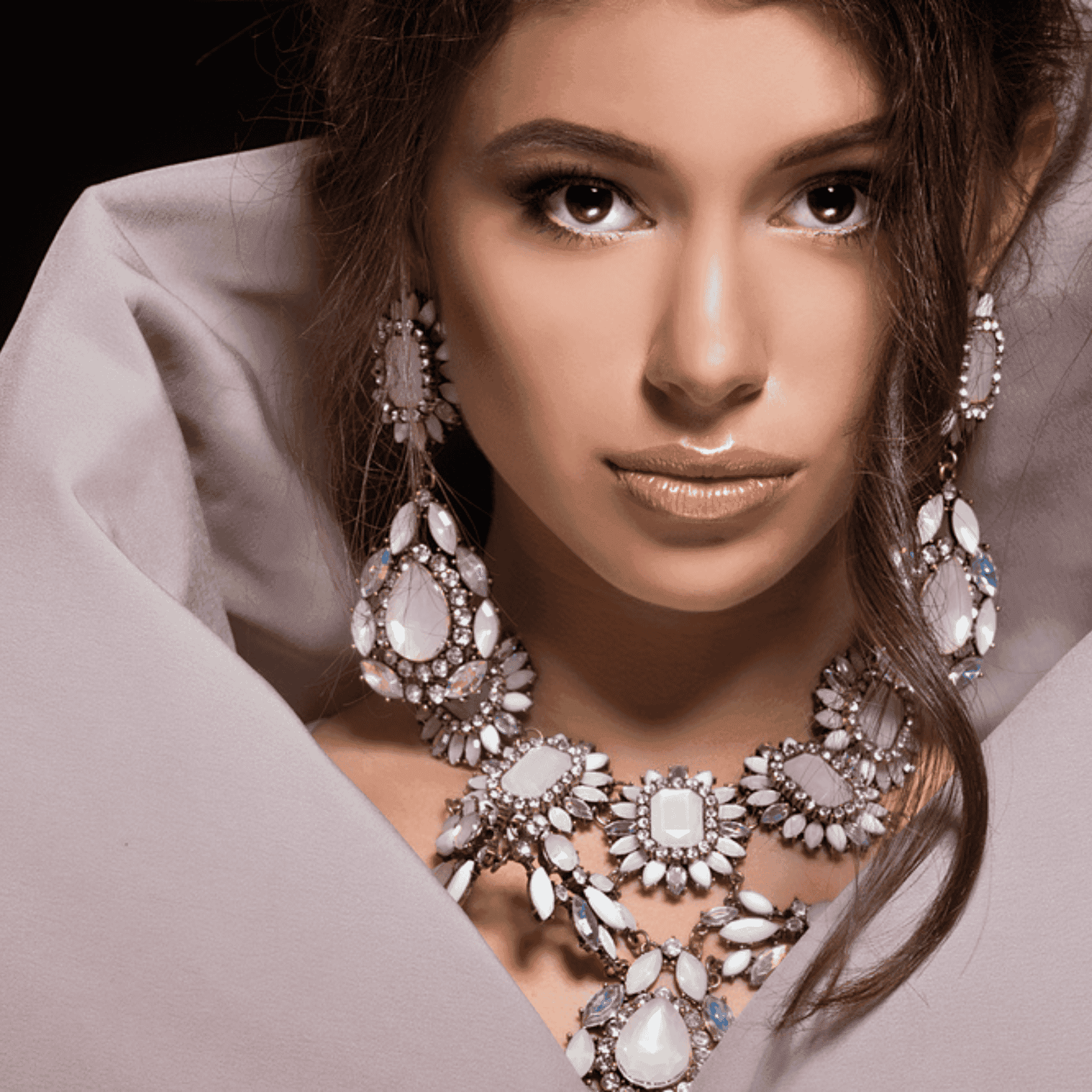
Luxury Edit
•04 min read

Perfume making is an art that combines creativity, chemistry, and a luxurious flair. In this blog, we unlock the secrets behind the perfume making process and guide you through crafting your own signature scent. You will learn the fundamentals of top, middle, and base notes, discover essential oils for perfume, and explore how to blend high-end scent combinations to create your very own artisan perfume recipes.
The art of how to make perfume begins by understanding its core components: top, middle, and base notes. Each note plays an essential role in forming a balanced and sophisticated fragrance profile. Top notes offer an initial burst of freshness, middle notes provide a rich heart, and base notes deliver lasting depth. This layered approach ensures a harmonious blend that evolves beautifully on the skin. The use of natural perfume ingredients enhances the authenticity and purity of your custom perfume creation.
Top Notes: Light and invigorating scents such as citrus, herbs, and delicate florals.
Middle Notes: The heart of the perfume where spices and fuller florals bloom after the top notes subside.
Base Notes: Rich and deep sensations like musk, woods, or vanilla that linger long after application.
Creating DIY luxury fragrances starts with choosing the right ingredients. Essential oils for perfume are the concentrated extracts that provide the aroma, while carrier oils like jojoba or almond oil help in diluting these vibrant scents. Alcohol or distilled water is then used to bind the mixture, creating a formulation that can be applied easily. This careful selection of components cements the foundation of any bespoke perfume guide.
Essential Oils: Extracts that offer potent, natural essences from flowers, fruits, and plants.
Carrier Oils: Oils that assist in blending and ensure that the fragrance is gentle on the skin.
Alcohol or Distilled Water: Acts as a solvent, helping to uniformly distribute the fragrance across the blend.
Embarking on your luxury fragrance blending journey is both rewarding and creative. Follow these steps to transform your collection of natural perfume ingredients into a signature scent. Start by choosing your ingredients carefully, ensuring you have a balanced mix of essential oils that represent your desired fragrance profile. Blend them by starting with the base, then middle, and finally the top notes. The next essential step is dilution with alcohol or carrier oil to achieve the right consistency and strength. Allow the mixture to age for a few weeks so the notes can meld into a cohesive scent, and finally, fine-tune your perfume to perfection.
Choose your prized essential oils.
Blend the notes methodically for balance.
Dilute with the proper solvent for consistency.
Let the fragrance mature to enhance its character.

Did You Know? Allowing your perfume to age in a cool, dark place can dramatically enhance its depth. This process, often overlooked, helps the distinct notes to merge seamlessly, resulting in a more sophisticated and lasting scent.
Creating your own fragrance offers a personal touch that commercial blends often lack. With DIY luxury fragrances, you can ensure that each component is carefully selected, allowing you to avoid synthetic additives and harmful chemicals. This method of custom perfume creation lets you design a scent that mirrors your personal style and identity, making every spritz a celebration of self-expression and authenticity. The freedom to experiment with high-end scent combinations encourages creativity and encourages you to curate collections that truly resonate with who you are.
For those eager to dive into the perfume making process, here are a few artisan perfume recipes that merge classic and contemporary facets of fragrance crafting techniques:
Floral Elegance: A timeless blend of rose, jasmine, and a hint of sandalwood creates a beautifully balanced aroma.
Citrus Bliss: Refreshing notes of bergamot and lemon teamed with cedarwood make for an invigorating fragrance.
Spice Infusion: A warm fusion of clove, cinnamon, and patchouli builds an exotic, captivating scent.
When you are ready to step up your fragrance game, consider these advanced techniques in perfume crafting. Beyond simply mixing oils, the art of luxury fragrance blending involves precision and experimentation. Layering scents effectively allows you to create a multi-dimensional aroma that evolves throughout the day. Maintaining accurate dilution ratios is key to ensuring that all the essential oils shine through without overwhelming the senses. Olfactory testing on different skin types is also recommended to ensure your creation stands up against various natural skin chemistries. These methods will guide you in developing a fragrance that is both unique and resonant.
Experiment with layering to build depth.
Measure ingredients carefully to maintain perfect balance.
Test your fragrance on various skin types for optimal results.
-8704a161-e35d-4932-b982-017add6889b1.png&w=3840&q=75)
Using natural perfume ingredients is a cornerstone of crafting bespoke scents that reflect purity and authenticity. By selecting essential oils that are derived directly from nature, you ensure a clean and genuine olfactory experience. Many opt for ingredients like lavender, ylang-ylang, and vanilla because they are not only aromatic but also gentle on the skin. This approach reduces risks associated with synthetic chemicals and aligns with modern preferences for sustainability and responsible fashion. Resorting to natural components also inspires you to explore innovative methods such as luxury fragrance blending, which brings out the best in high-end scent combinations.
For those experimenting with custom perfume creation, consider these tried-and-tested scent combinations that exude luxury and sophistication. A mix of rose and oud offers a rich interplay of floral and woody notes. Pairing citrus with musk yields a refreshing yet profound aroma that is perfect for any occasion. Meanwhile, blending vanilla with amber creates a warm, inviting scent ideal for cooler seasons. Each of these combinations showcases the elegance of natural ingredients and the artful techniques that define an exceptional perfume making process.
The essential ingredients include essential oils, carrier oils like jojoba or almond oil, alcohol or distilled water, and sometimes additives like glycerin for enhanced longevity.
To make a 100% natural perfume, use plant-based essential oils and natural carrier oils, and avoid synthetic chemicals. Combine these with distilled water or alcohol to achieve the right consistency.
A basic formula involves a blend of about 30% essential oils with 70% alcohol, plus a few drops of distilled water. Adjust the ratios to achieve your desired scent intensity and duration.
It is recommended to let your perfume age in a cool, dark place for 2-4 weeks to ensure that the scents blend harmoniously.
Perfume making is a luxurious and rewarding craft that beautifully melds creativity with science. By understanding both the basics and advanced techniques of perfume crafting, you are well-equipped to create bespoke fragrances that are as unique as they are sophisticated. Embrace the journey of DIY luxury fragrances, experiment with artisan perfume recipes, and enjoy the captivating world of custom perfume creation.